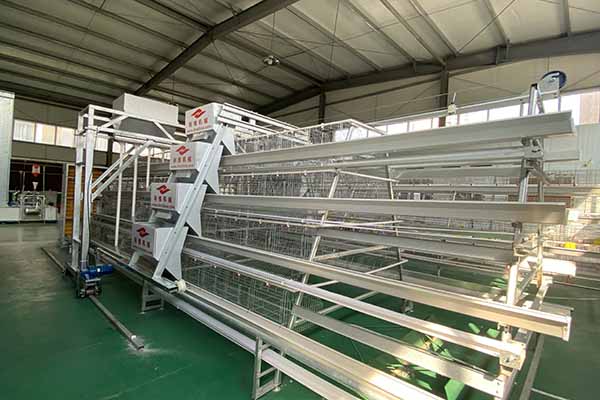What’s the Best Layout for a Layer Cage Farm?
Creating an efficient and effective layout for a layer cage farm is crucial for the success of your poultry operation. As a professional supplier of poultry equipment, Livi Machinery is here to guide you through the best practices for farm layout design. Whether you are a seasoned expert or a new farmer, understanding the optimal layout for your layer cage farm can significantly impact your productivity and profitability.
Key Factors to Consider in Layer Cage Farm Layout
1. Space Allocation: Proper space allocation is essential for the health and comfort of your hens. Each bird should have enough space to move around, lay eggs, and access food and water. A general guideline is to allocate about 0.5 square feet per bird.
2. Ventilation: Good ventilation is critical to maintain a healthy environment for your birds. Ensure that the air is fresh and free of ammonia and other harmful gases. Properly placed fans and air exchange systems can help achieve this.
3. Lighting: Proper lighting can enhance egg production and the overall well-being of your hens. Natural light is ideal, but artificial lighting can be used to simulate natural light cycles.
4. Nesting Boxes: Nesting boxes should be strategically placed to encourage hens to lay eggs in them. They should be easy to access and well-protected from predators.
5. Water and Feed Systems: Accessible and reliable water and feed systems are essential. The equipment should be easy to clean and maintain to prevent disease.
The Optimal Layout
The optimal layout for a layer cage farm typically includes the following elements:
– Cage Rows: Arrange the cages in rows with aisles for easy access. The distance between rows should allow for efficient cleaning and maintenance.
– Cage Positioning: Position the cages so that they are at a comfortable height for workers to access. The height should also prevent the hens from roosting on the edges of the cages.
– Nesting Areas: Nesting boxes should be placed at the end of each row, away from the feeding and drinking areas to reduce contamination.
– Ventilation and Temperature Control: Ensure that there are enough vents for air exchange and that the temperature can be controlled throughout the farm.
Livi Machinery: Your Partner in Poultry Equipment
At Livi Machinery, we understand the importance of a well-designed layer cage farm layout. Our range of poultry equipment is designed to meet the specific needs of your farm, ensuring maximum efficiency and productivity. From cage systems to ventilation and lighting solutions, we have you covered.
Contact us today to learn more about how our equipment and services can help you create the best layout for your layer cage farm. Let’s work together to build a successful and sustainable poultry operation.

